
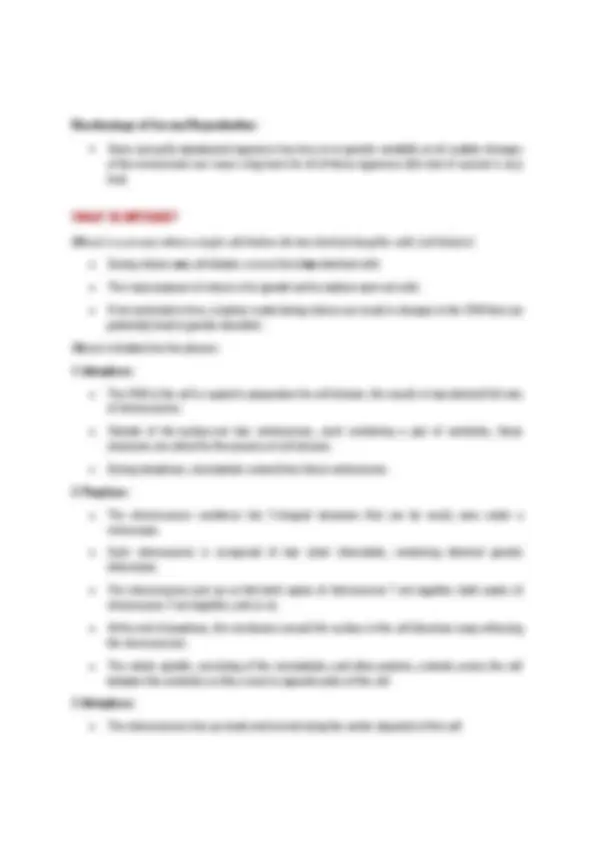
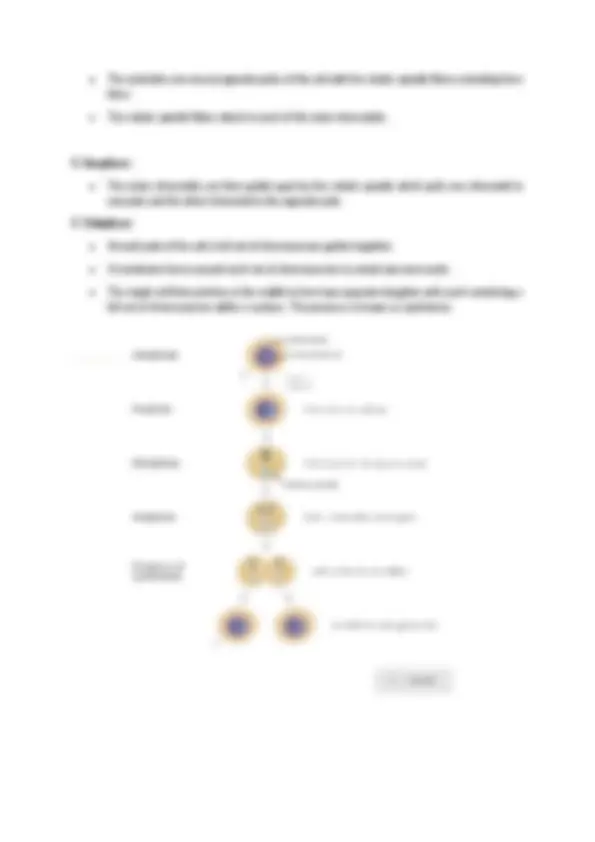
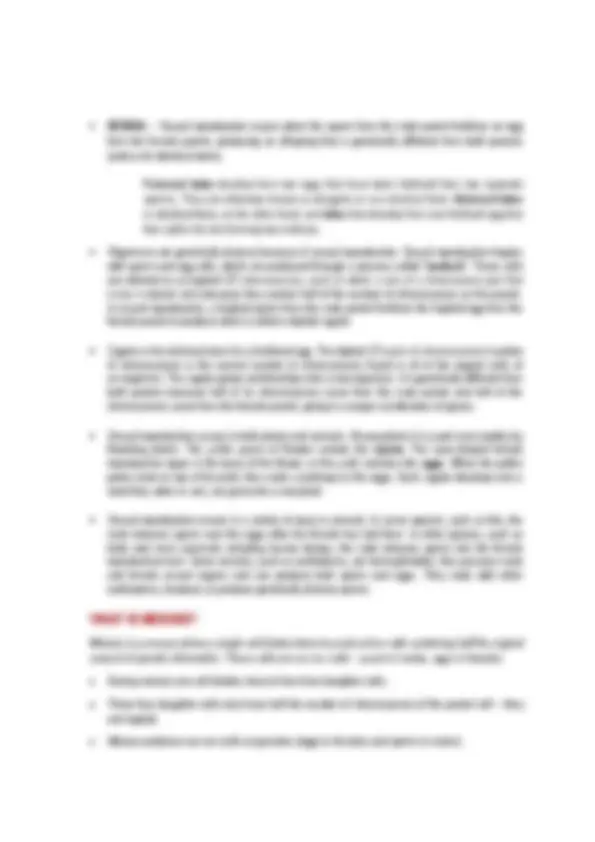
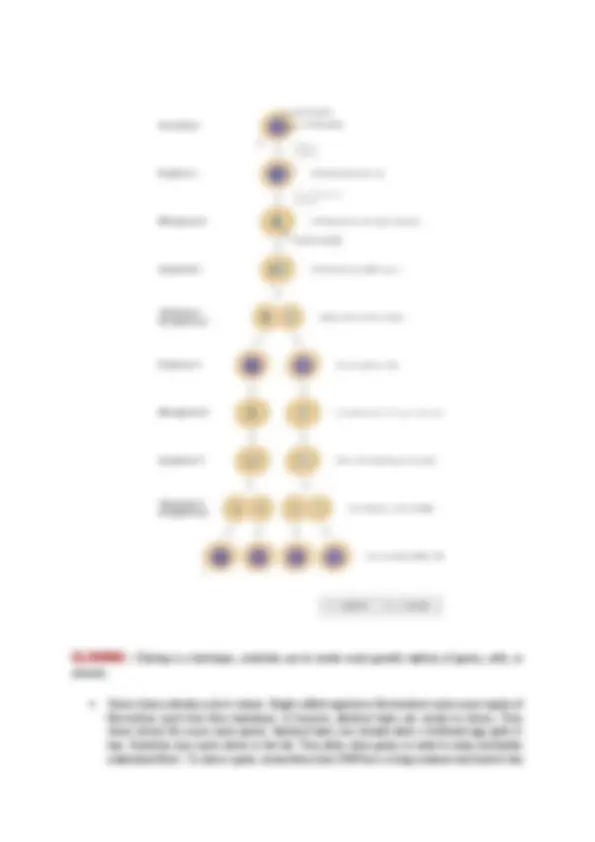
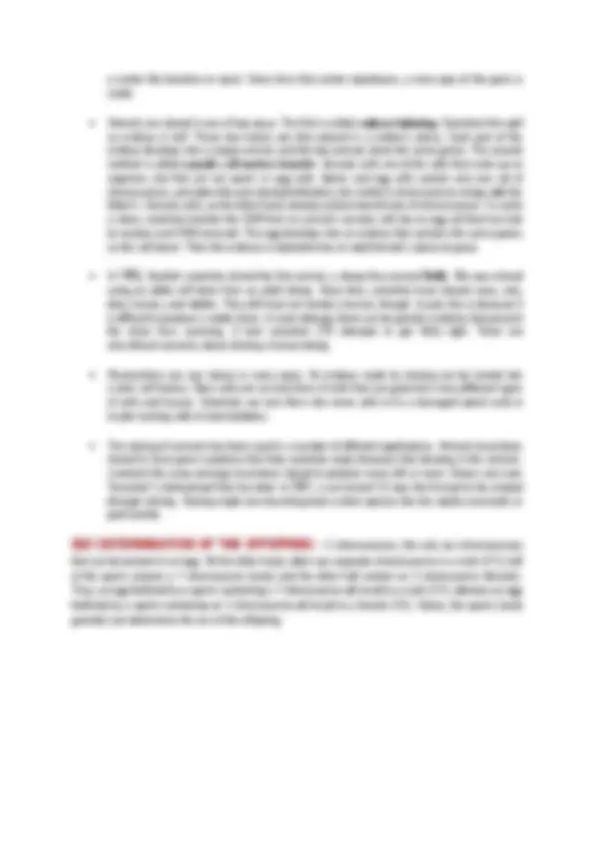
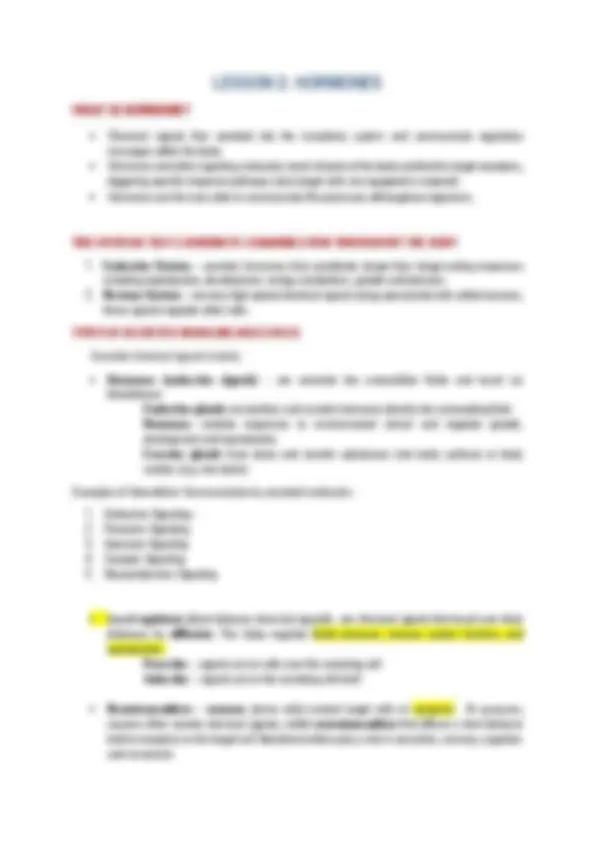
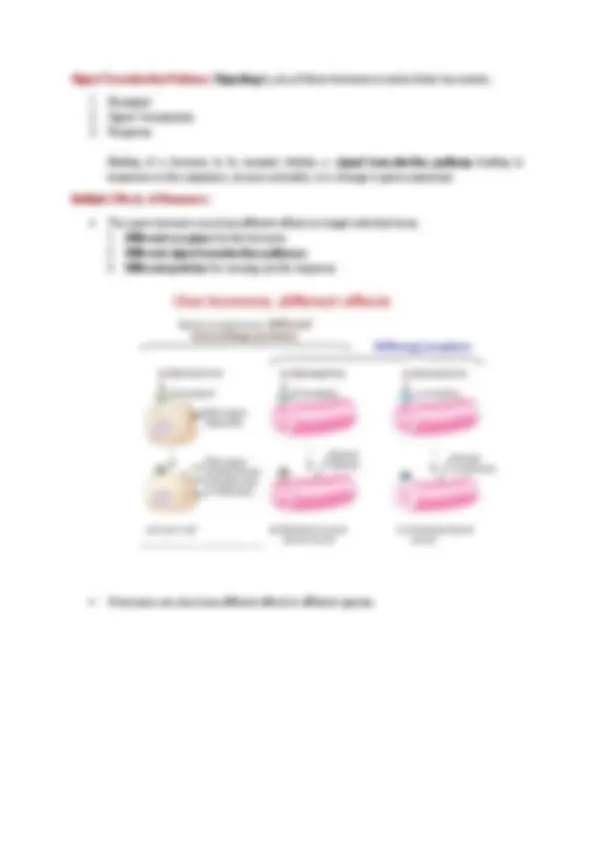
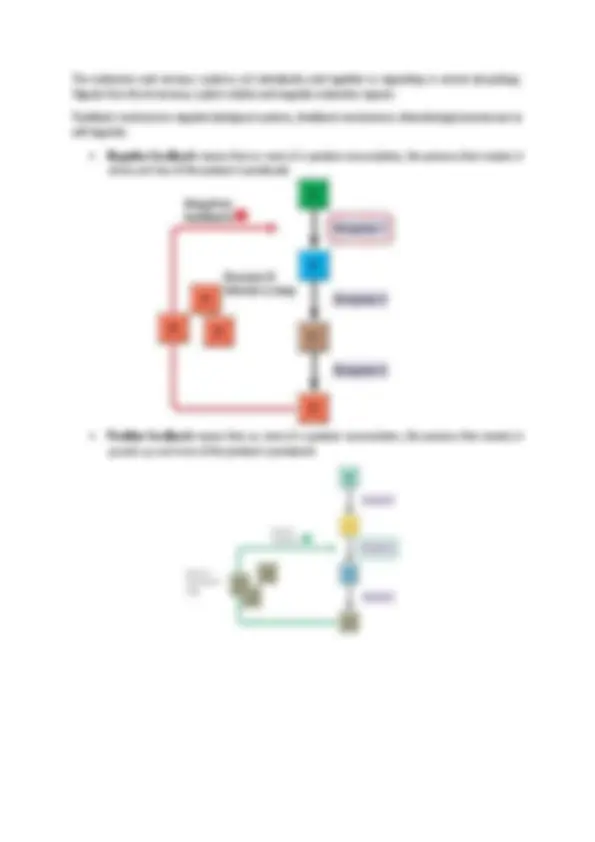

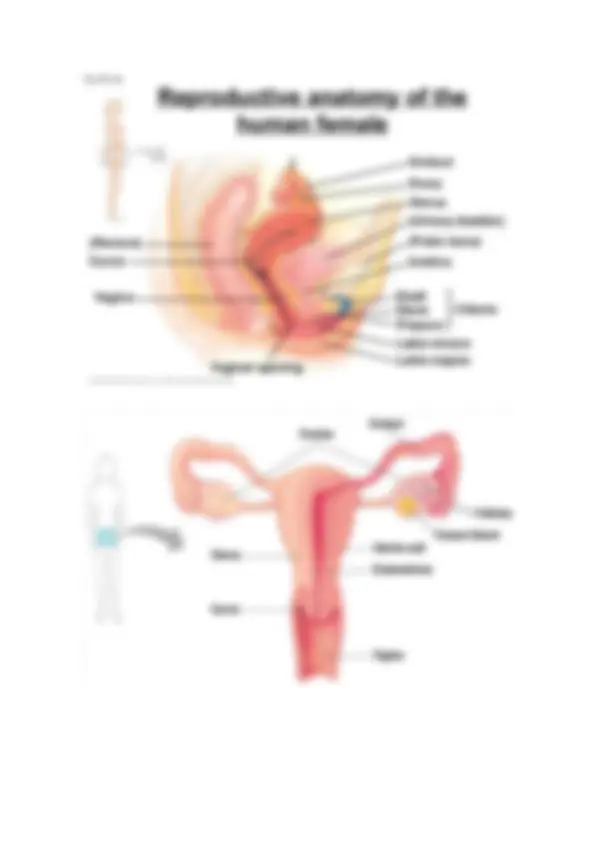
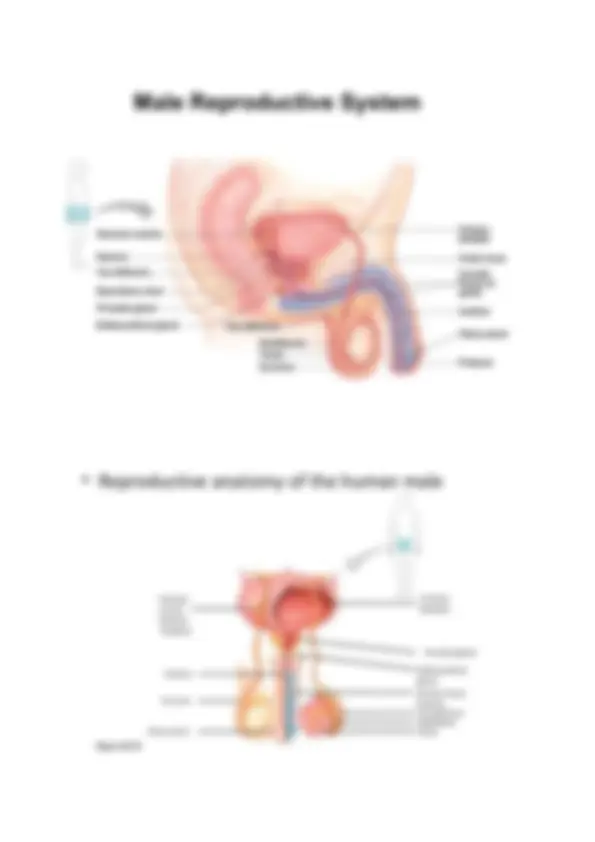
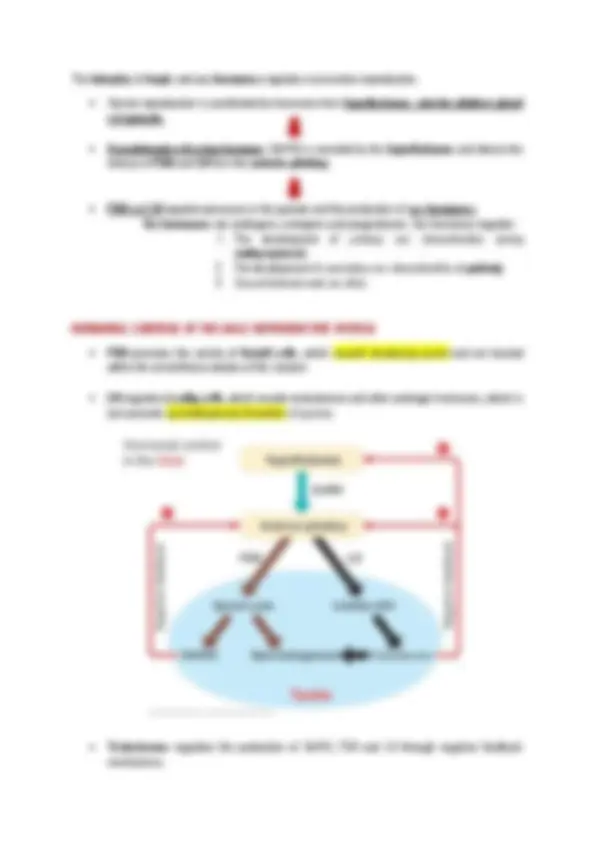
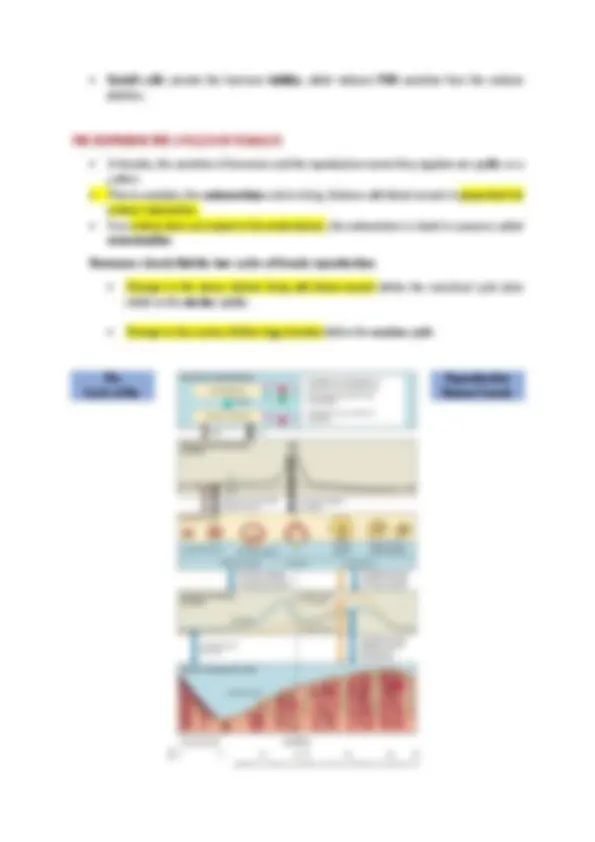
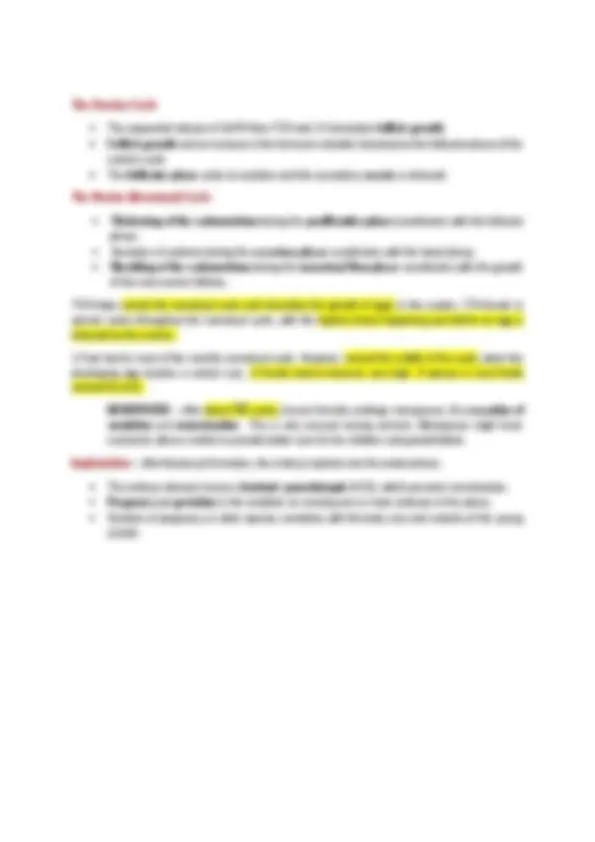
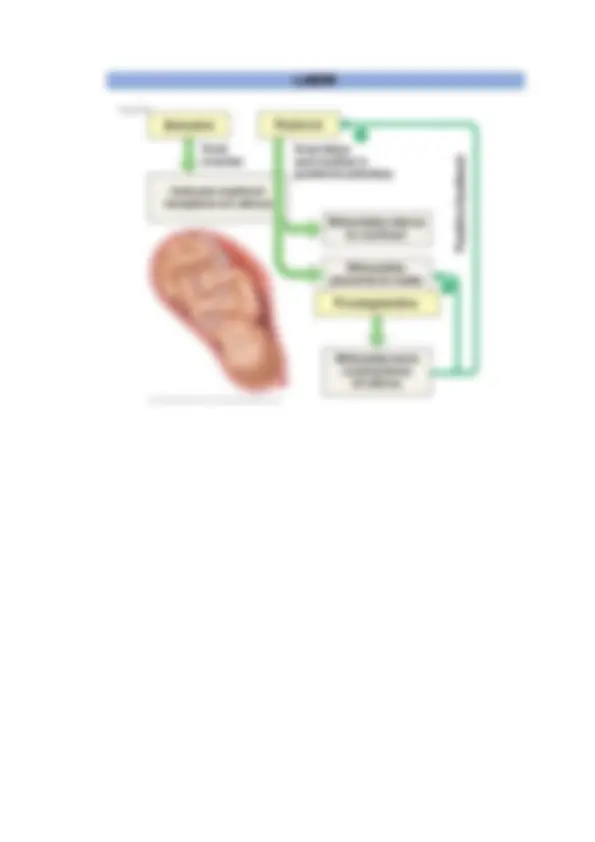


Study with the several resources on Docsity

Earn points by helping other students or get them with a premium plan


Prepare for your exams
Study with the several resources on Docsity

Earn points to download
Earn points by helping other students or get them with a premium plan
Community
Ask the community for help and clear up your study doubts
Discover the best universities in your country according to Docsity users
Free resources
Download our free guides on studying techniques, anxiety management strategies, and thesis advice from Docsity tutors
The characteristics of life, including reproduction, response to the environment, regulation, order, evolutionary adaptation, energy processing, growth and development. It also explains the two kinds of reproduction, asexual and sexual, and the process of meiosis. examples of organisms that reproduce asexually and sexually, and how meiosis produces sex cells. It also describes the stages of meiosis.
Typology: Lecture notes
1 / 23

This page cannot be seen from the preview
Don't miss anything!
















How do we know that it is an inanimate object?
evolved genetic mutations that allow them to use oxygen far more efficiently without the need for extra hemoglobin (a protein that transport oxygen in the blood). e.g. Behavioral adaptation – Emperor penguins in Antarctica crowd together to share their warmth in the middle of the winter.
Meiosis is a process where a single cell divides twice to produce four cells containing half the original amount of genetic information. These cells are our sex cells – sperm in males, eggs in females.
animals.
Signal Transduction Pathway: Signaling by any of these hormones involves three key events:
The endocrine and nervous systems act individually and together in regulating in animal physiology. Signals from the b=nervous system initiate and regulate endocrine signals. Feedback mechanisms regulate biological systems, feedback mechanisms allow biological processes to self-regulate.
The interplay of tropic and sex hormones regulates mammalian reproduction.